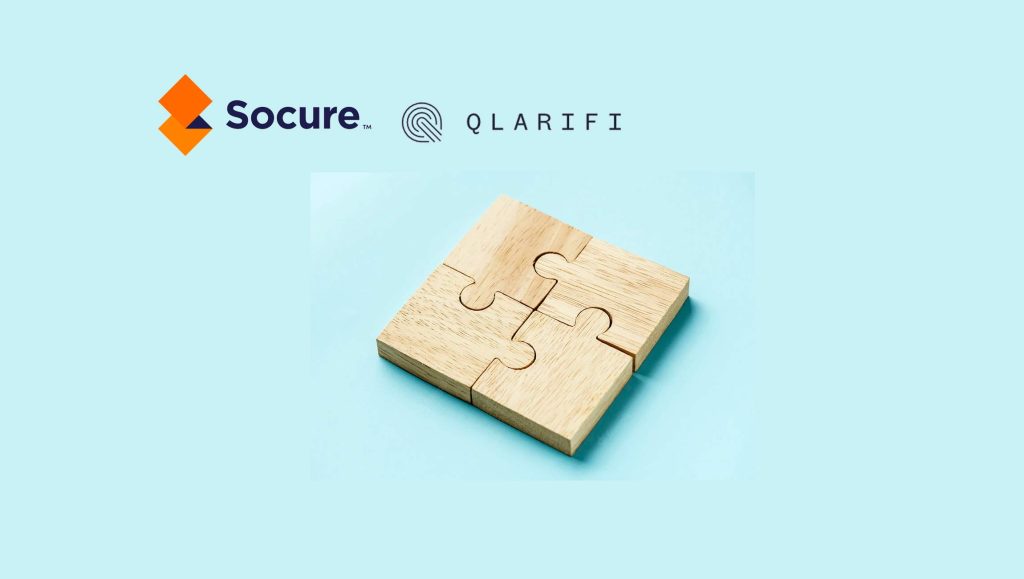 Gartner defines gamification as “the use of game mechanics and experience design to digitally engage and motivate people to achieve their goals.” In some circles, a stigma has developed around this term “gamification”—it’s now being labeled as a gimmick aimed at disguising work as a fun competition or baiting a generation of videogamers to show up to the office. That stigma misses the point entirely. Gamification isn’t a gimmick; it’s a gamechanger. Right now, there is a gaping hole in businesses between employers and employees. Organizations set goals for the company, and those goals get lost or diluted by the time they are relayed to the workforce. Employees wind up setting personal goals they think are appropriate, but risk misaligning themselves with the enterprise as a whole.
Gartner defines gamification as “the use of game mechanics and experience design to digitally engage and motivate people to achieve their goals.” In some circles, a stigma has developed around this term “gamification”—it’s now being labeled as a gimmick aimed at disguising work as a fun competition or baiting a generation of videogamers to show up to the office. That stigma misses the point entirely. Gamification isn’t a gimmick; it’s a gamechanger. Right now, there is a gaping hole in businesses between employers and employees. Organizations set goals for the company, and those goals get lost or diluted by the time they are relayed to the workforce. Employees wind up setting personal goals they think are appropriate, but risk misaligning themselves with the enterprise as a whole.
In a gamified workplace, these objectives become clear in a way that’s easy for employees to track and understand. Plus, the use of technology in gamification makes it more engaging for employees—it keeps them interested through tech that they use in their leisure time and everyday lives.
In fact, a survey by PulseLearning found that while 70 percent of employees are disengaged from their work, 75 percent say that they would be more engaged if learning included gaming dynamics. When technology and gamification go hand in hand, employees are empowered to go above and beyond—they know where they are and where they need to go. With the right tools and incentives, an organization can use gamification to fuel innovation, improve sales results, discover the best way to train employees and much more.
Read More: 7 Sure Ways To Increase Sales Using Email Signature Marketing
Gamification may be an old concept, but this is just the beginning for it
Competition among salespeople is nothing new. In fact, friendly competition is at the heart of most sales cultures, with people in sales always striving to top their own goals and sometimes, trying to best each other. This type of work environment lends itself perfectly to gamification—you can create competition and leaderboards around specific metrics with people who are already used to the concept and work well with the extra motivation. While this concept of competition in the workplace isn’t new, it’s still growing and changing.
In 2017, the global gamification market reached $3.3 billion according to MarketReaserch.biz. That number is forecasted to grow at a compound annual rate of 36.2 percent through 2026. This includes both consumer-facing gamification aimed at customer acquisition, as well as internal gamification aimed at motivating a workforce. With the help of technology and data, gamification helps salespeople focus on metrics other than just dollar amounts. Being able to create a sense of urgency and competition around items other than sales that also make a difference in overall performance, such as sales preparation and learning, also helps contribute to the success of a business and its employees.
The benefits of gamification in your enterprise for your staff may be less obvious, but those benefits should not be overlooked. Gamification in business isn’t all about turning work into play; it’s about empowering your workforce to reach new levels of production and obtain real results that align with the objectives set forth by your organization.
Technology Is Changing Gamification
Gamification, as we know it today, is all about mobile accessibility and real-time data.
First, people want to be able to check their status up-to-the-minute, all on their phone. Second, the kind of data we can collect today allows people to be able to track progress in several areas of their goals. It’s no longer just about making sales or not making sales. It’s about collecting data around every piece of the sales cycle and being able to adjust your behavior accordingly and quickly.
While mobile accessibility is at the heart of gamification in today’s workplace, AI is playing an important role as well. A traditional gamification approach sets a linear path that people need to follow, which works most of the time. But, being able to leverage AI and present the learners with different paths allows us to take gamification to a new level. AI can provide gamified learning paths to learners based on their knowledge levels, location, previous performance, and all kinds of other data points. With the use of AI gamification becomes more personalized and tailored to the individual employee, making it more engaging based on what they find challenging and appealing.
Read More: 4 Ways Marketers Can Ensure They Learn The Right Lessons From Data
When Workplaces Use Gamification and Technology, Sales Teams Are Empowered to Go Above and Beyond
Salespeople have been motivated by commissions for ages. If you want to change the behavior of salespeople, you have to help them help themselves by increasing sales and taking home more money. The key to helping them is educating and preparing them with the latest and most relevant information on the product they’re selling. Usually, the teams who sell the most, have the most knowledge about the product. It may seem simple, but it’s harder to educate sales teams than meets the eye. Training and education require a time commitment, something not many people have in the workforce today. Gamification gives salespeople the motivation to take the time for continued learning and training, ultimately benefitting themselves and the organization as a whole.
According to the same PulseLearning survey, companies who used gamification say a 60% increase in engagement in their learning programs. Above all else, gamification provides prioritization and focus. Where some sales teams may operate purely on their monetary results, they forget that keeping up to date with their product and staying sharp on the answers they may need to provide potential customers is just as important. While monetary milestones are crucial, putting the focus on things like sales preparation and education can actually lead to a higher sales success rate. When salespeople are actively involved and know their product, success is sure to follow.
Gamification is a real solution being used to combat serious real-world problems faced by enterprises every day.
The importance of staff engagement and collaboration among colleagues is frequently overlooked, and when one employee discovers a process or tactic that works, there isn’t always a clear path to sharing that information. On a gamified platform, everyone sees when someone is getting great results. Some enterprises are using a gamification platform for training employees effectively on best cybersecurity practices, resulting in fewer breaches. Others are using gamification to spur sales teams to reach numbers like never before.
With the right tools and incentives, an organization can use gamification to fuel innovation, improve sales results, discover the best way to train employees and more.
Results like these prove that this isn’t the end for gamification…it’s just the beginning.
Read More: Why A/B Testing Is Mission Critical To Any Sales Organization




















